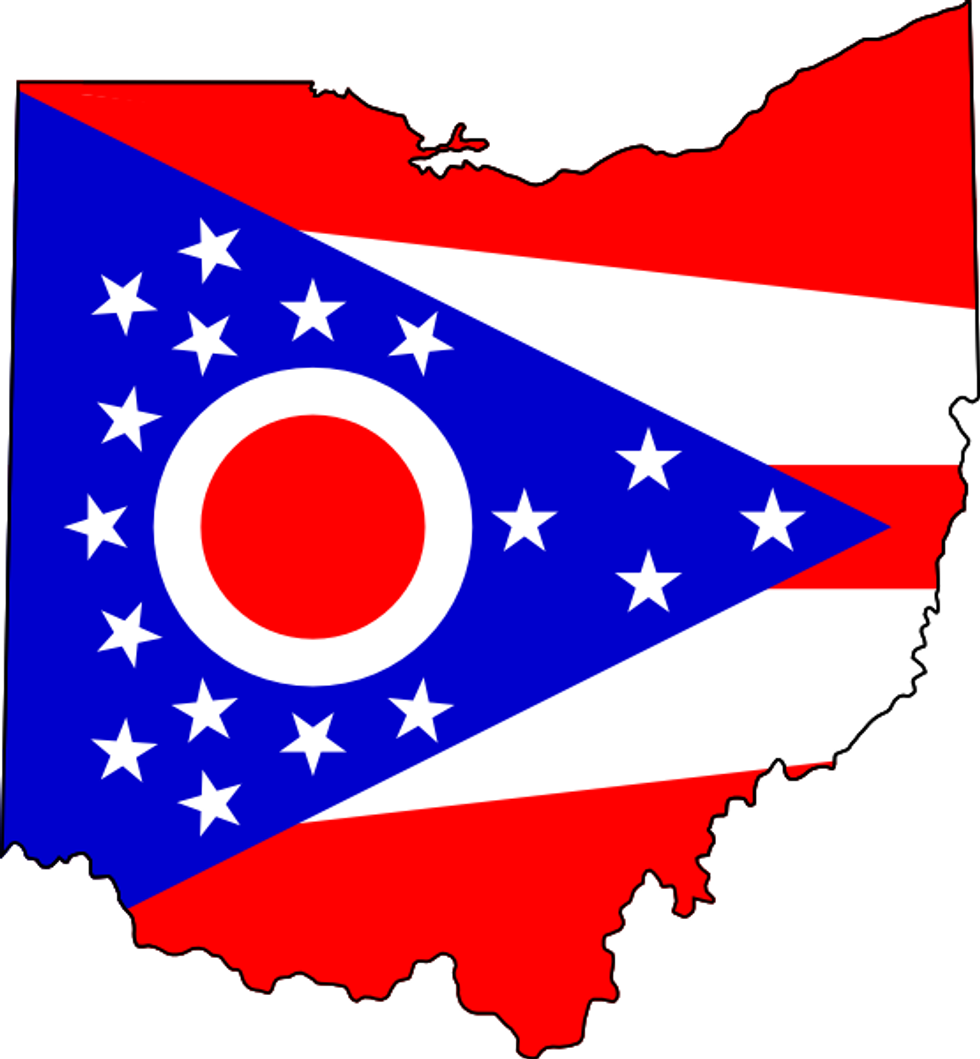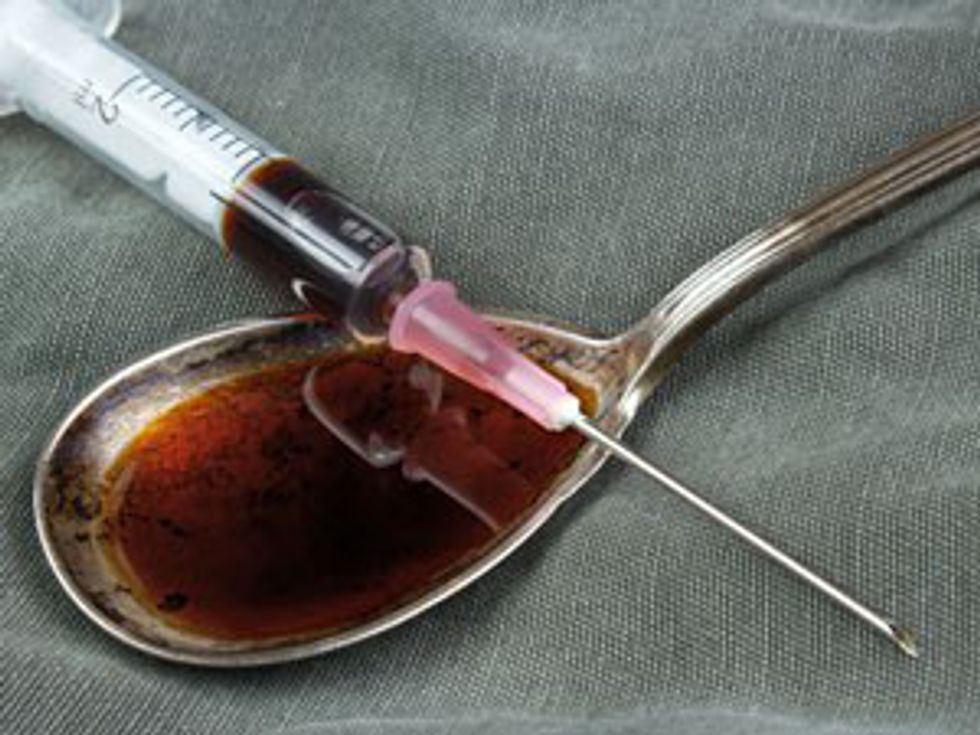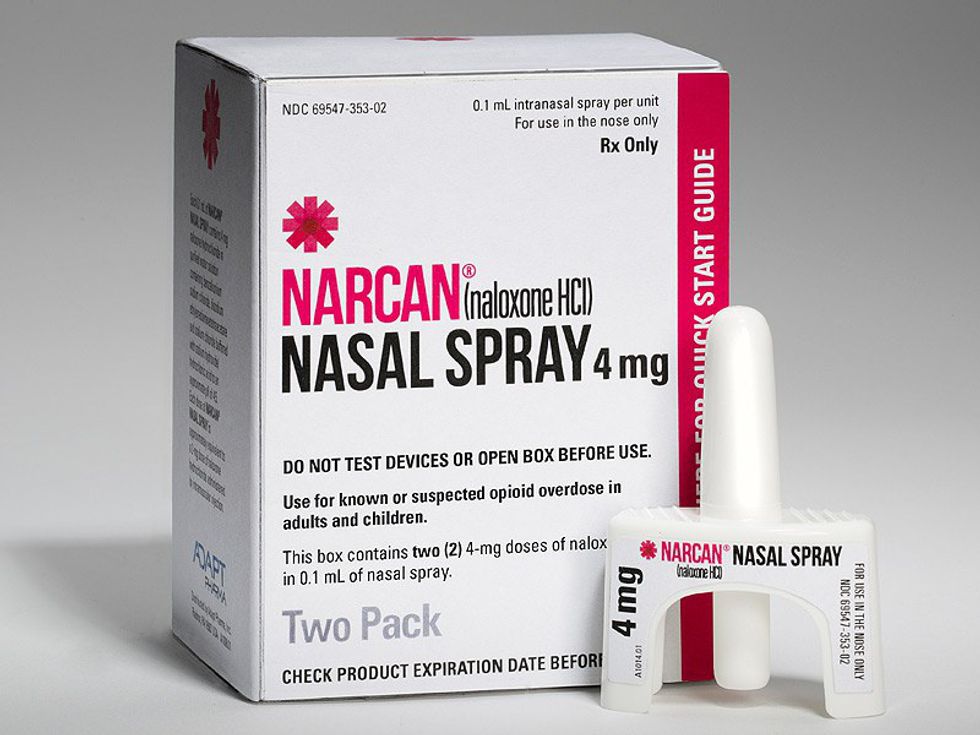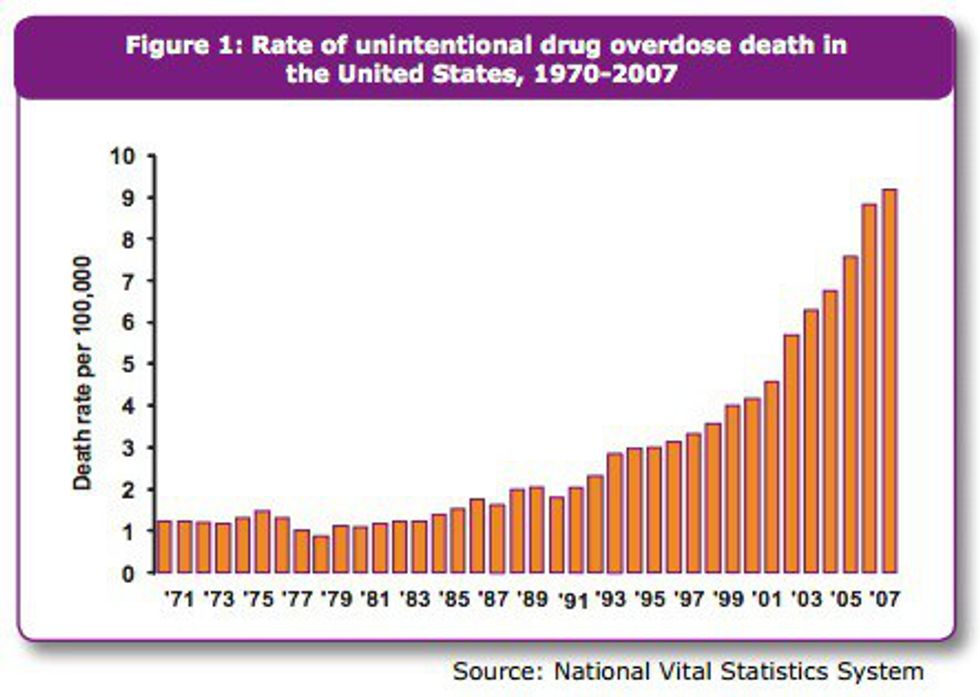Drugs are out there and we all know it. They are used for pleasure, and when that pleasure is gone, chances are they have used again. This isn’t to say that all drugs are addictive - many drugs are not. However, heroin is not one of them. And heroin is taking Ohio — yes the entire state — by storm.
Heroin is a highly addictive, opioid painkiller used recreationally for its euphoric effects. I first learned about the intense usage of Heroin in Ohio in my biology class when discussing human evolution. A question was brought up regarding whether other animals use drugs for pleasure, similarly to humans. As tangents go, we eventually ended up on the topic of heroin and other highly addictive drugs. Intrigued, I went home and did some more research on the topic.
I learned that some users get into heroin after leaving the hospital. This is what scared me most: The painkillers offered by hospitals are highly addictive on their own. When leaving the hospital, after major surgeries where copious amounts of these drugs are administered, many patients become addicted and look for other sources to feed their opiate addiction. A cheap alternative to prescription pills is…heroin.
The “Heroin Epidemic” as CBS News calls it, kills at least 23 Ohioans each week. If you are like me, you may be asking, “Why Ohio?”. Well the answer isn’t as simple as, “There’s not much to do in Ohio!” but rather because it is a place where companies have gone for years to test and market new products. However, now, Ohio the new product drug dealers are marketing is “cheap and increasingly powerful heroin.”
This “heroin epidemic”, which isn’t centered solely in Ohio, does not have a targeted victim pool; it effects people of varying ages and varying social classes. It was estimated that in 2016, 586,000 American’s regularly use Heroin. In total, the National Institute on Drug Abuse reported that 10,574 American’s die from heroin overdose in 2014. However, the amount of drug usage in Ohio particularly is astonishing. In Ohio, there were 1,424 unintentional drug overdose deaths in 2015 which amounts to 46.7% of all Ohioan deaths for that year. In other words, it is a big, big problem for Ohioans.
Ohioan paramedics, nurses, and police see over eight Heroin overdoses in a week. One of the saving graces for these addicts is Narcan. Narcan, an opiate antidote, can save someone from overdose by knocking the opiate receptors out of the addict’s brain. This tool has been a lifesaver and dramatically effected the number of overdose deaths country-wide.
But the point of my article is not only to inform, but create a dialogue. What can we do to stop this epidemic? Is there anything we can do?
The treatment and rehabilitation plans for Ohio and other areas heavily afflicted by heroin overdose are highly controversial. Some cities are instituting Safe Injection Facilities, also known as Shooting Galleries. These are places where Heroin addicts can go to do their business. They offer clean environments, sterile injection equipment and supervision by a healthcare professional.You can easily see why this would be a highly controversial topic. While these sites may help lower the death rate and infection rate among heroin addicts, is it merely enabling their habits?
This begs the question, what can we do to help that won’t enable?























